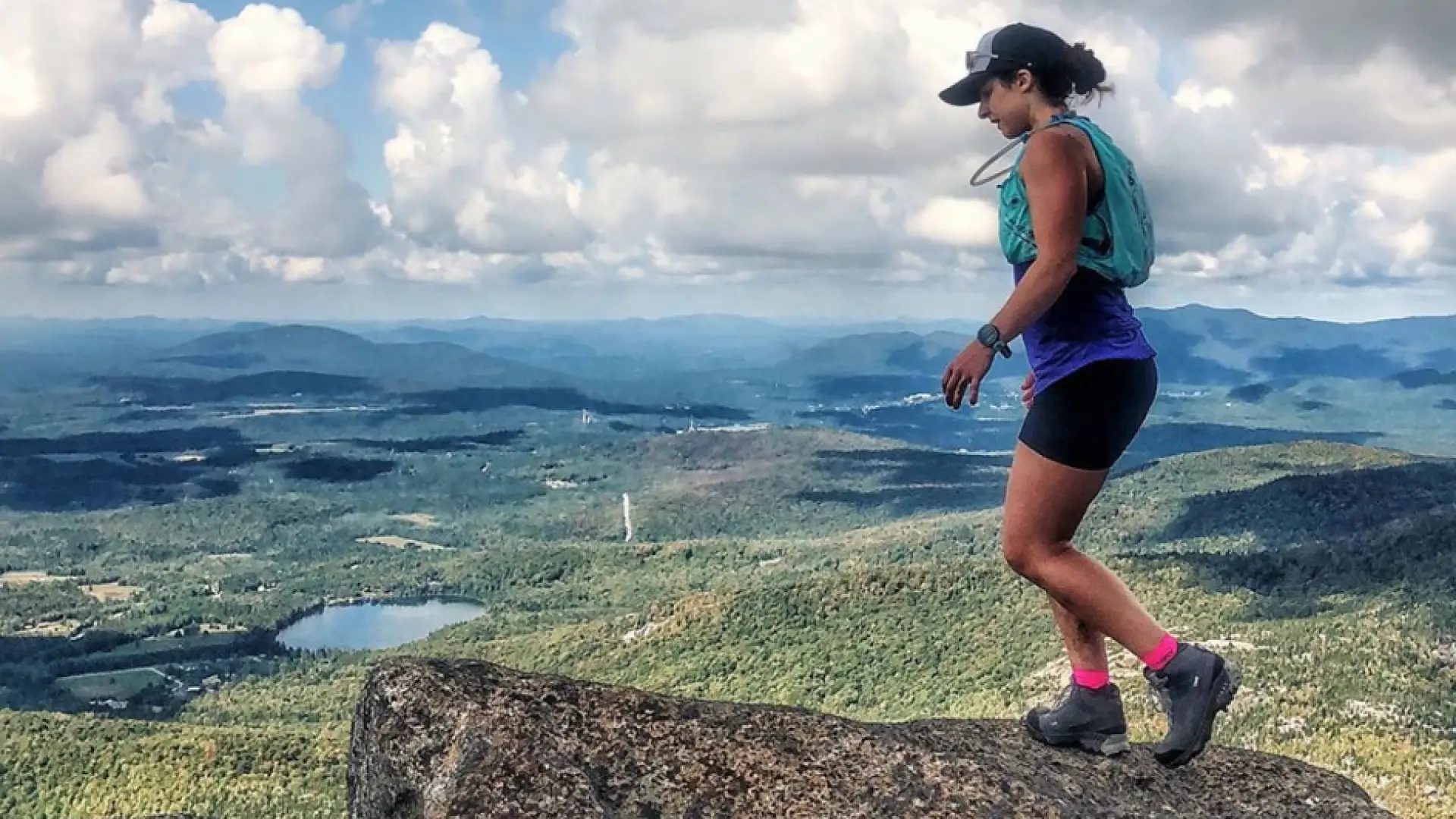
The sun is out and the Adirondack mountains are calling your name. Maybe it’s been on your bucket list to hike an Adirondack High Peak? Maybe you are also a little unsure if you are physically ready to do it? Not everyone is lucky enough to live in an area that you can take advantage of the elevation all year round, but that doesn’t mean you can’t get yourself ready to hike a mountain here!

Most often when people get injured hiking it is on the downhill because their legs are already tired and their coordination, balance, and strength are not prepared for the descent. The concentric (shortening) muscle actions that are used going up the mountain are able to withstand longer durations of activity. Eccentric is the lengthening motion of a muscle, and that motion will tire more easily and takes longer to recover, therefore it is a good idea to do some basic strength and conditioning work before heading up a mountain.
Here are some exercises you can do to prepare you for your Adirondack hiking adventures this summer!
Planks: Hold for one minute or more and repeat three times, with a one-minute rest in between.
This exercise is a go-to for core, stability, and strength. It requires full body engagement in an isometric muscle action. Isometric exercises generate force without lengthening the muscle, effectively helping to strengthen your muscles. If you are hiking a High Peak you will surely be wanting to carry a backpack, and that means you will need a good strong core to protect your back. If you have never carried a backpack before and don’t have a strong core, you will not be a happy hiker. By doing planks regularly and working your way up to one-plus minutes, you will be ready for any mountain adventure.

Lunges: Do three set of fifteen to twenty on each side.
Lunges are excellent for hiking because they work just about every muscle in your legs while also engaging the core, building both strength and stability. I recommend doing lunges outside on slightly uneven terrain to further help build stability. You can also try these with a full backpack on. While doing a proper lunge the body stays within your center of gravity (straight torso), the hind knee drops straight down underneath your hip along with your torso, and the front knee bends to a 90-degree angle. Be sure the knee doesn’t move forward past the tip of your toes when in the lower position.

Bird Dogs: Do three sets of ten to fifteen on each side.
These are an excellent core strengthening workout to work your transverse abdominis, the abdominal muscles that connect to your pelvis. This exercise will help stabilize your hips and core, making it great for preparing for hiking!
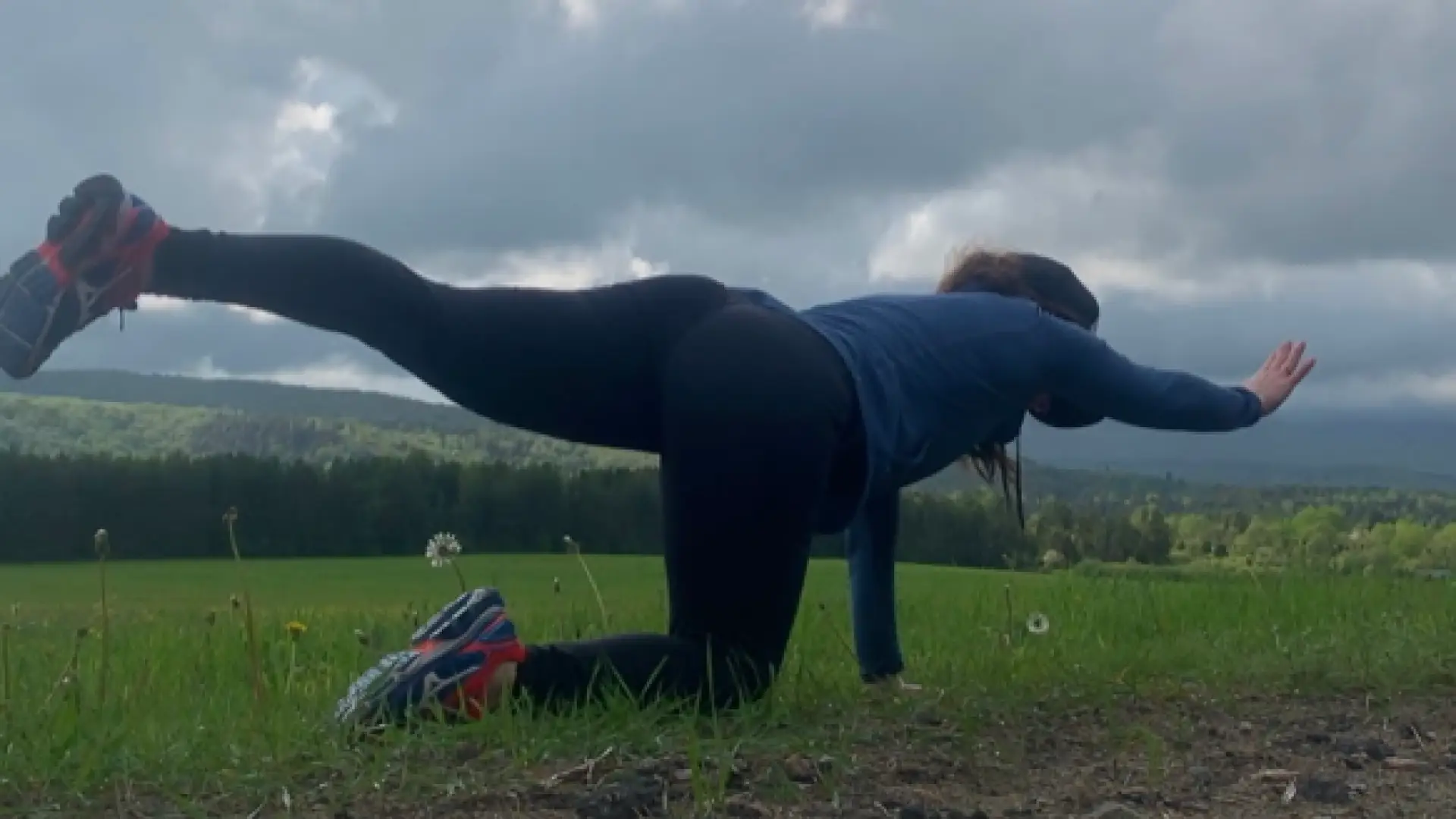
Start with all four on the ground, then raise the opposite arm and the opposite leg while focusing on keeping a neutral spine. Then, pull your arm and leg in together without engaging your leg muscles or arms. Focus on your transverse abdominus — you can find these by doing a pelvic tilt and feeling those muscle contract. If you feel as though you are using your glutes to do the work or your arms, you are doing this exercise wrong. You want the action to be coming from your abdominals.
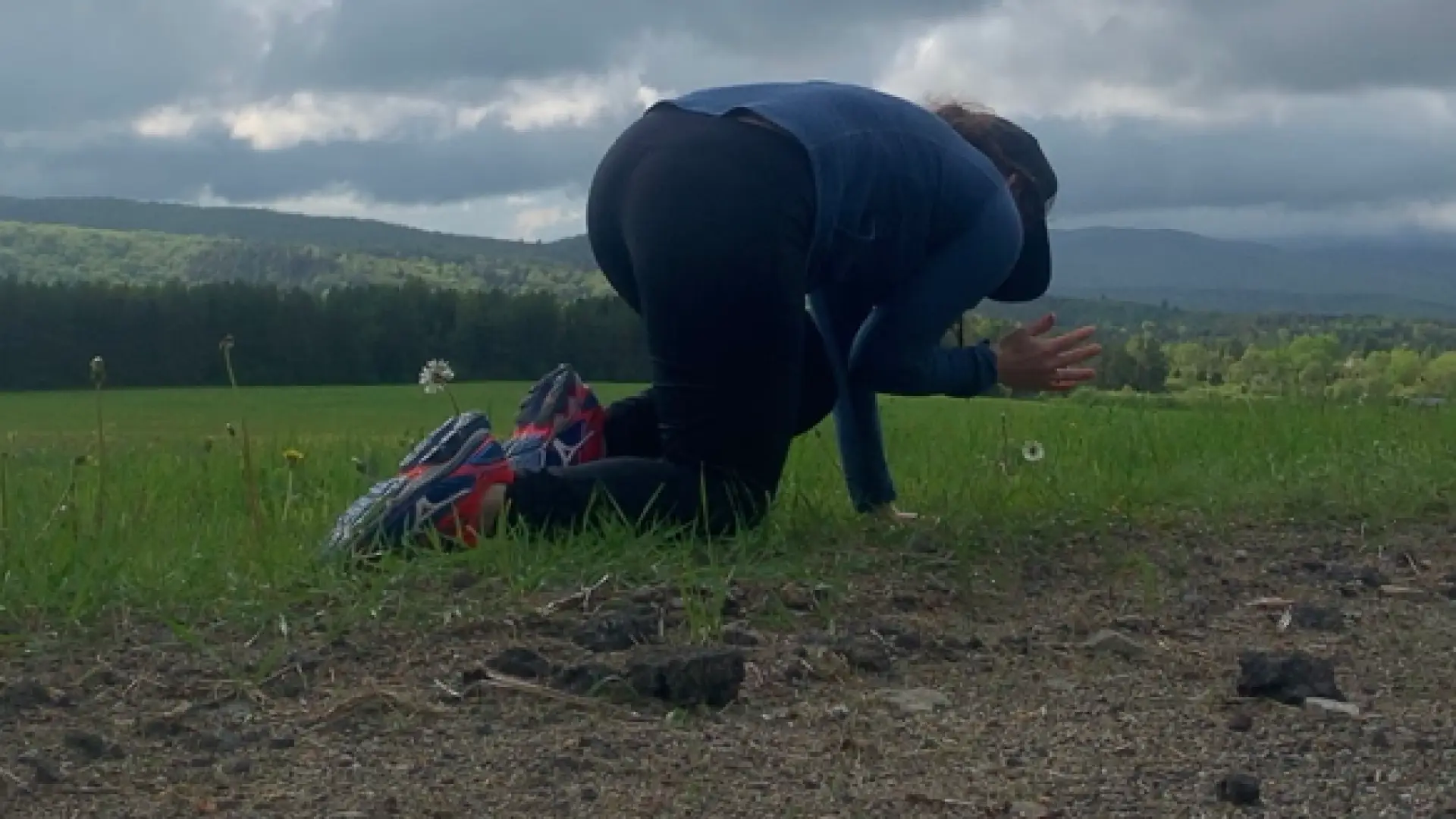
Bridges: Do three sets of twenty on each side.
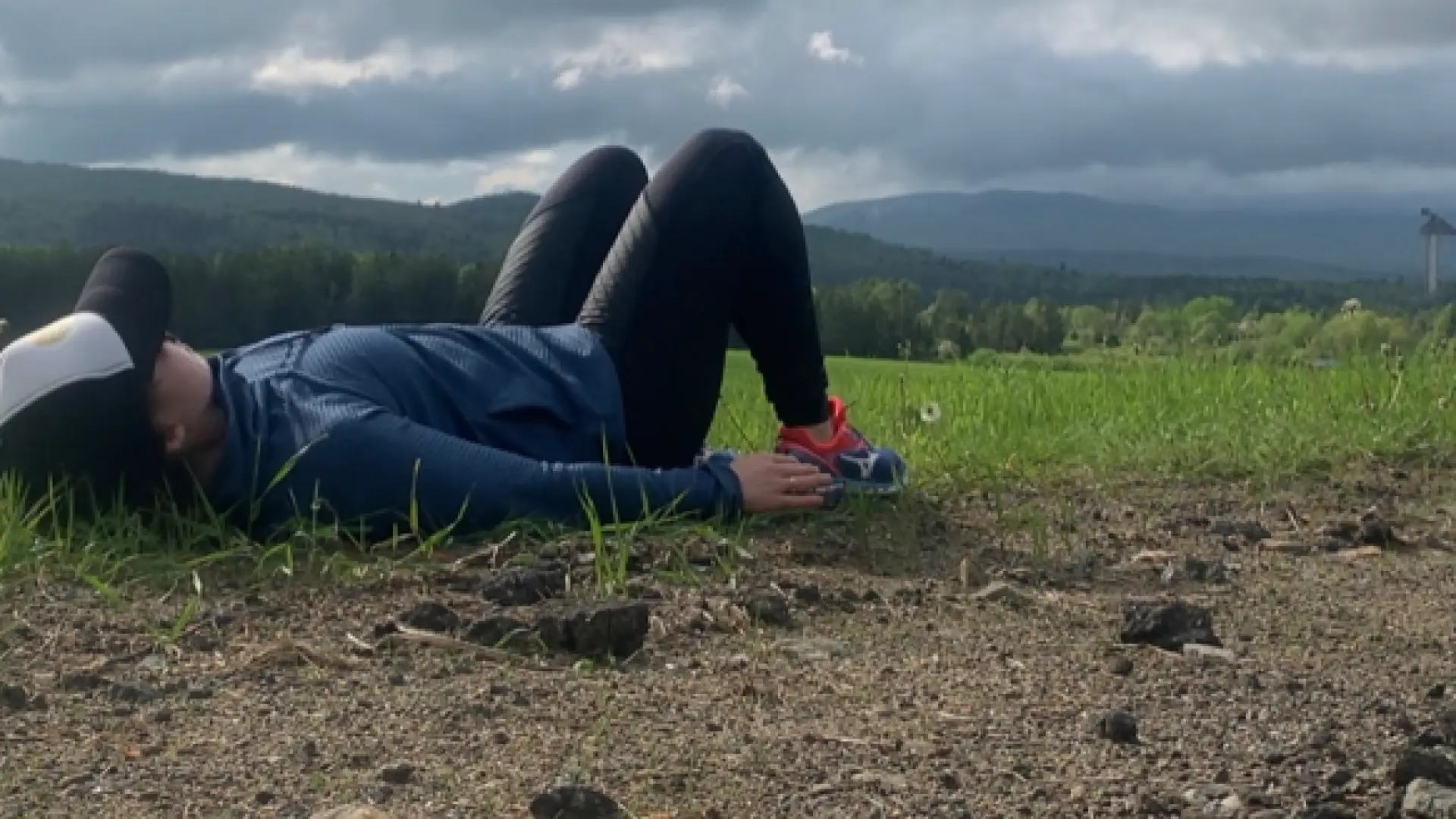
The glutes are our power horse for almost all activities, and they are often the most neglected muscle. Without strong glutes, other muscles take over to compensate, which can result in injury. When climbing uphill, the legs push us up and the hips go into hip extension — the glutes and hamstrings are the primary muscle for this motion, therefore they need to be strong. Bridges strengthen the glues while also engaging the abdominals.

First, start with double leg bridges by placing your heels close to your butt on the ground and your toes light. Your toes can even be off the ground, which will engage the glutes instead of the quads. Raise your hips off the ground using your glutes and then lower back down.
Once you have mastered the basic move you can try raising one leg. With your hips off the ground, lift one leg and pause, isolating each side. Once you have mastered that you can do single leg bridges by putting your heels close to your butt on the ground and then raising one leg up while your butt is still on the ground. Next, lift with one leg and do three sets of twenty on each side.
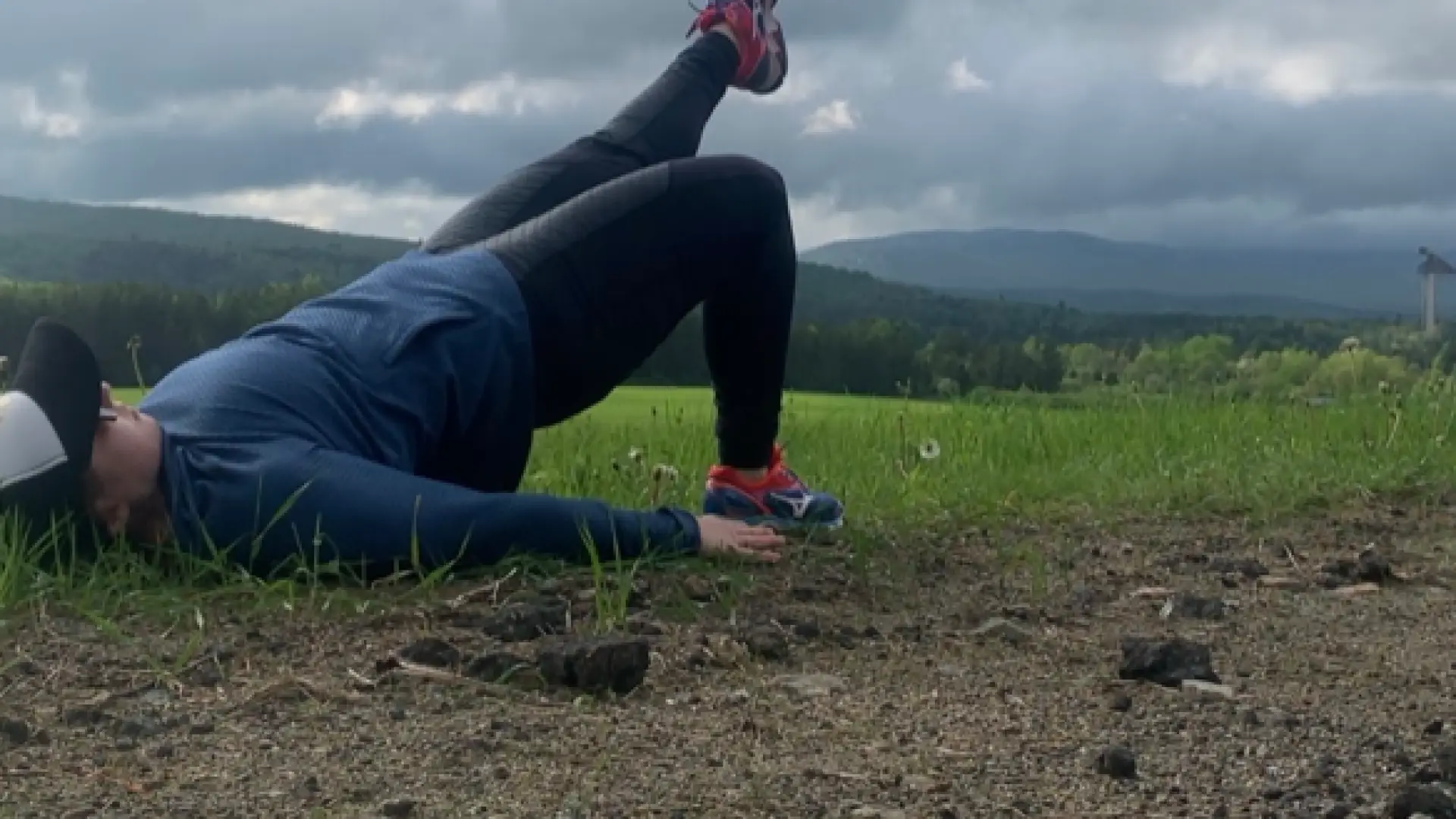
Squats: Do three sets of twenty each.

The quads are the strongest muscle in our legs and the ones we tend to use the most. The knees will endure a lot of stress coming down the mountain, therefore it is important to properly prepare your body for this by strengthening your quads. When squatting down, make sure your form is correct and your knees are not going forward past your toes. Stand with your feet hip-width apart and arms out, then lower your butt down as if you are going to sit in a chair. You may not be able to lower very far when you first start. That is okay, stop where you begin to fall out of good form, hold, and then raise back up.
Do squats outside on slightly uneven ground to make it a little more difficult to balance. When going down into the squatted position focus on moving as slowly as you can; really exaggerate it. This will engage the eccentric motion of the muscle movement and you will be thanking yourself for it later when coming down the mountain! Once you advance with these, try adding some free weights.

Calf raises: Do three sets of twenty.
Once you have advanced, do single leg calf raises in the same motion for three sets of twenty on each leg. You can also try these with with a full backpack on.
The calf muscles help the legs move in an upward motion while also providing shock absorption for the knee when coming down the mountain. Do these while standing on the edge of a step, or outside on uneven ground. Start with two legs and raise up, then lower down as slowly as possible. This again will strengthen the eccentric motion of the muscle, the motion that is utilized when going down the mountain. If you are on a step, let your heel go past the ledge of the step and then raise again.
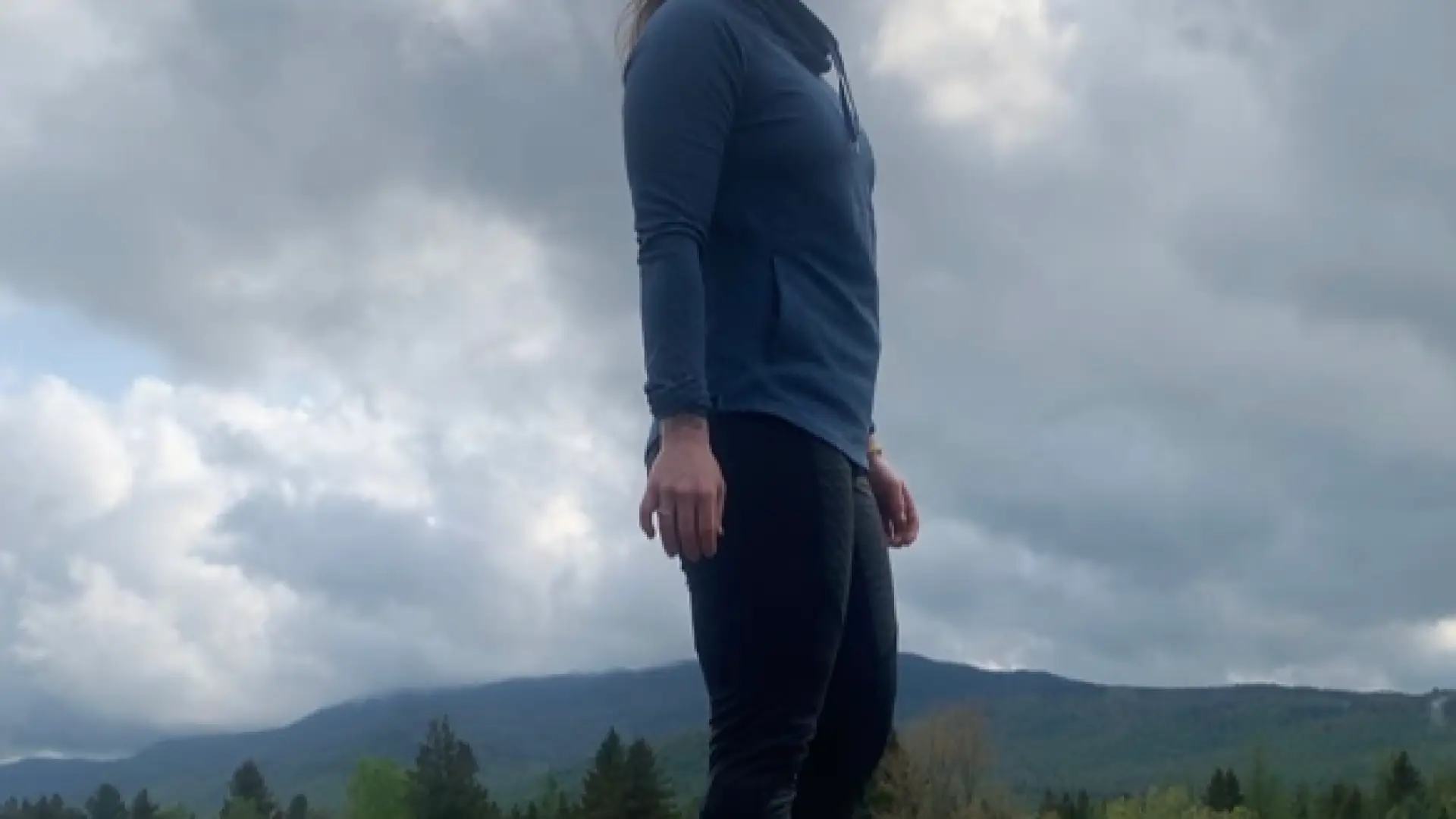
Balance! Why would training for balance be important to hiking? Well, because you are going to be hiking over sticks, roots, rocks, boulders, walking through mud, and crossing streams. There will be times where you will lose your balance, and that is where your strength will come into play and save you from falling. Proprioception, the body’s ability to know its position in space and react with proper movement, plays a major role in hiking. Doing these exercises outside on the soft ground will enhance balance and proprioception.
Standing single leg balance: Hold for 30-60 seconds or longer on each leg.
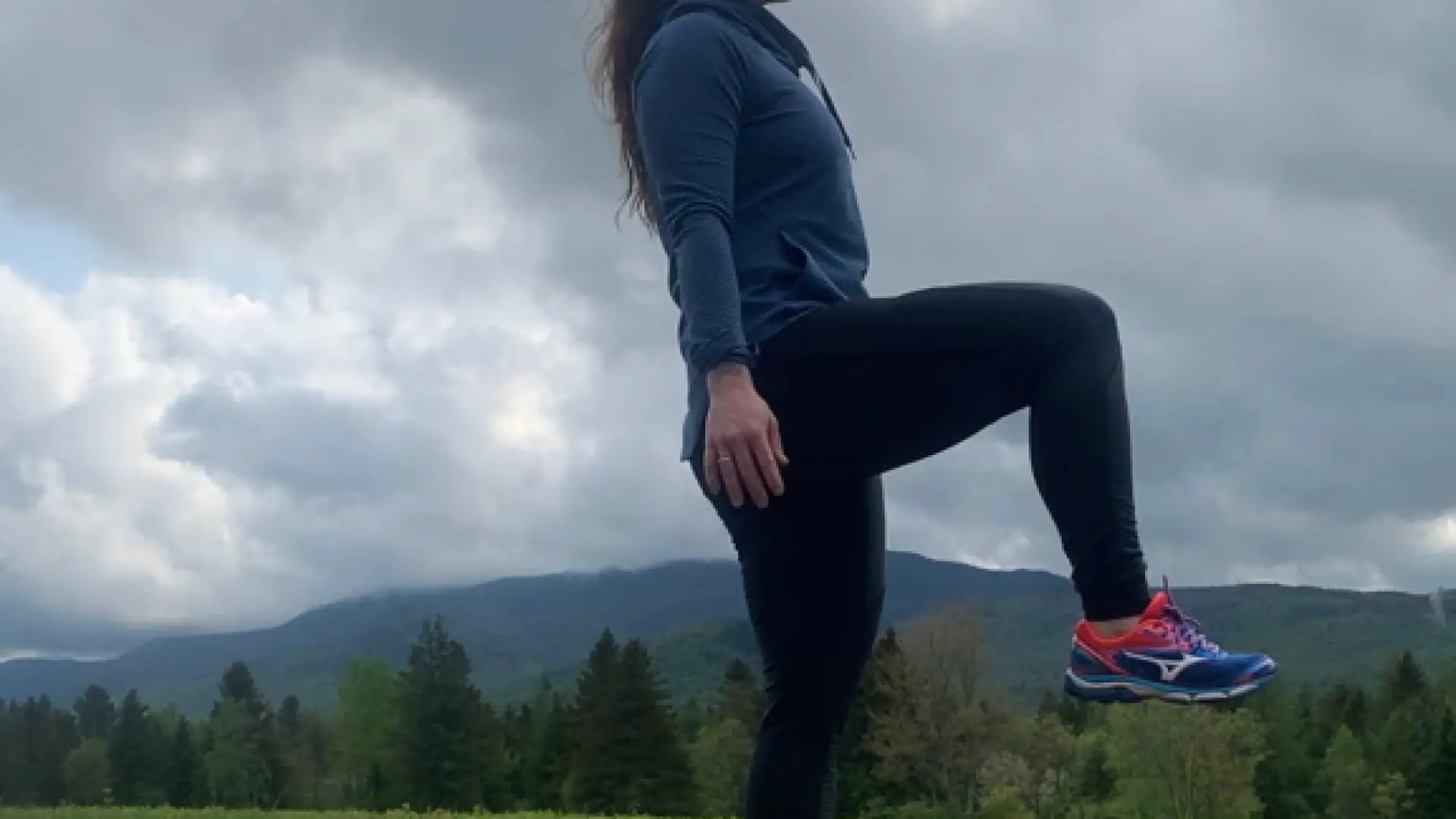
Stand upright with feet together, lift one foot as far off the ground as you can before you lose balance, and hold. Keep your hips level and hold for at least 30 seconds, then switch legs and repeat three times.
Step back to balance: Do three sets of twenty on each side.

Start with your feet together and then take a step back, keeping your other foot planted. Keep your torso upright and use your core muscles to steadily bring your other leg back all the while maintaining your balance. Step forward with your other foot, then the next, and repeat by stepping backward again. It is ideal to do this outside where the ground is slightly uneven. This will provide more balance strength.
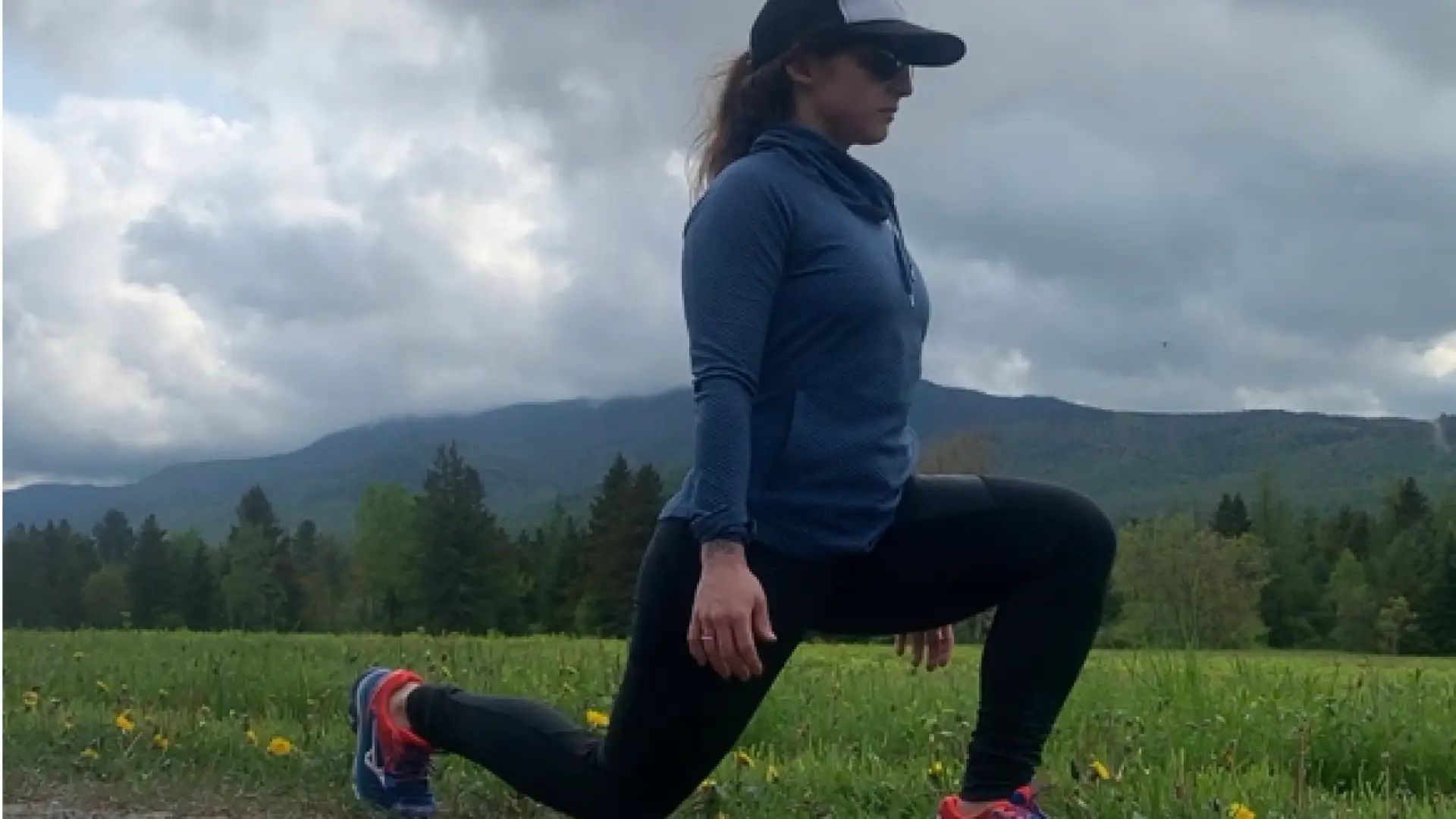
These are just a few basic strength and conditioning exercises you can start doing to help prepare for your hiking season. Your cardiovascular ability is also a large component to having success with hiking. The more cardiovascular ability you have, the more enjoyable your day will be. To build your endurance capacity, start simple. This can be anything like biking, swimming, running, and walking. The more uphill biking, running, and walking you do the better. Try to get in at least 30 – 45 minutes of good quality cardio work at least three to four times per week. If you have a gym membership, I highly recommend any stair stepper for 20-30 minutes.
Start with these simple workouts and you will be more prepared for your Adirondack hiking adventures this summer.